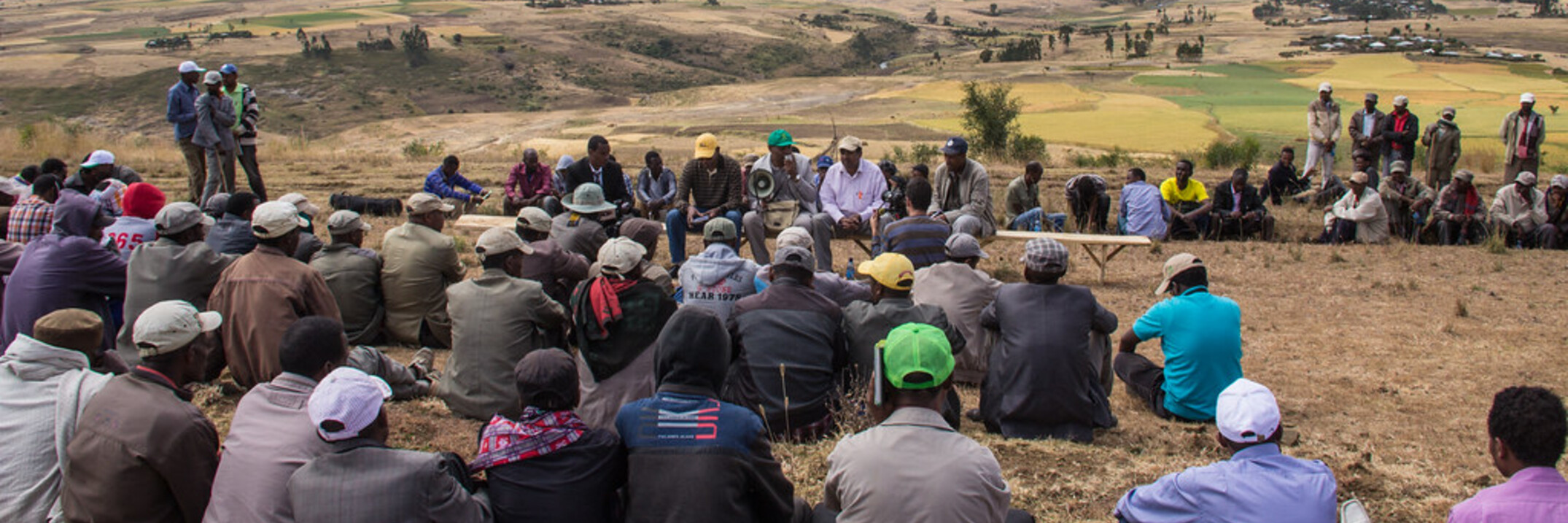Salinity is a continuous challenge in Egypt because of the dry climate, and more salt being carried by the Nile River 35 a result of pollution, water shortage, seawater intrusion and human practices. Accumulation of excessive salt in irrigated soils...


